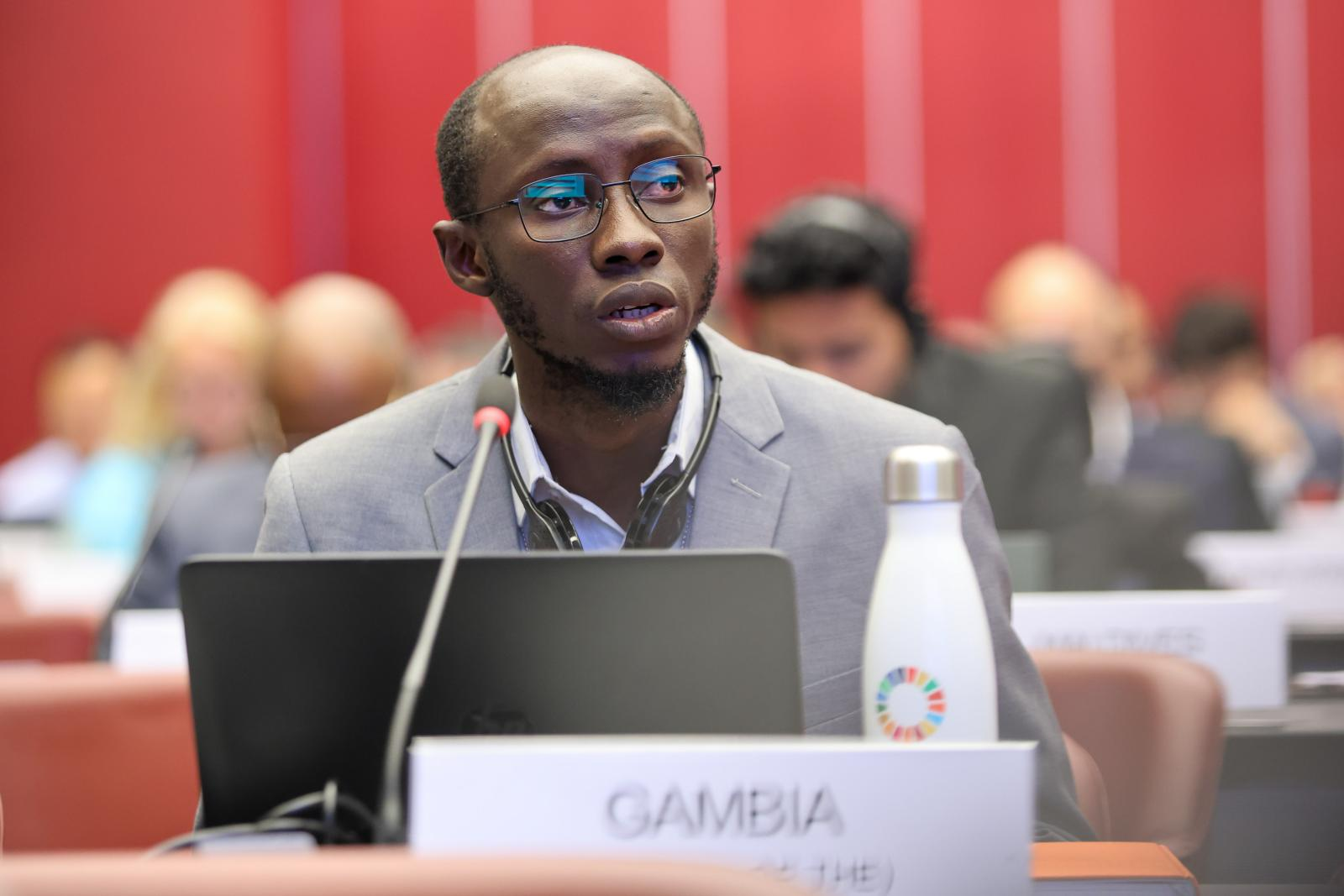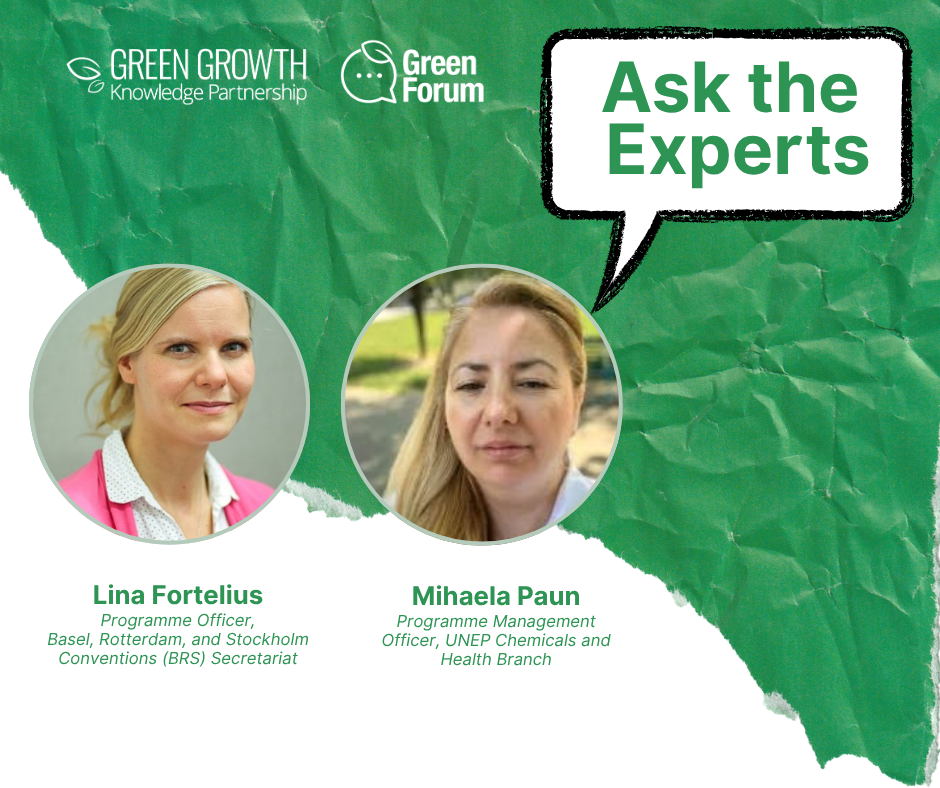This blog post is based on the remarks of Dr. Gilbert Kuepouo on the Global Green Growth Knowledge Partnership (GGKP) roundtable “National Implementation Plans: Research needs and opportunities in Africa” held on 10 June 2025.
Africa is grappling with significant obstacles in assessing and managing Persistent Organic Pollutants (POPs) due to limited resources, insufficient capacity and competence, lack of equipment, and gaps in knowledge. These constraints hinder the ability to fully assess the status of POPs in most countries across the continent.
The Tiered Approach: From Basic to In-Depth Inventories
Most African countries struggle to move beyond the initial inventory stages. The basic inventory (Tier II) involves collecting information about past and present data on the import and use of POPs and related articles. This requires stakeholder engagement and thorough literature assessment.
The real gap lies in achieving an in-depth inventory (Tier III), which demands analytical methods such as but not limited to X-ray fluorescence (XRF) screening and measurements using gas chromatography and electron capture detector (GC-ECD) or mass spectrometry (GC-MS). These methods are often unavailable in the Africa region due to financial constraints. Along with such methods, in-depth inventory may also involve detailed inspections of sites mentioned in Tier II or a compilation of material and substance flow analysis.
Systemic Barriers to Effective Inventories
A major obstacle of the POPs inventories in Africa region is the absence of comprehensive sectoral inventories in areas such as health, transport, energy, and manufacturing, as well as the lack of reliable customs and national statistical data. There is also insufficient registration and recording of the countries of origin for imported products likely to contain industrial POPs, and most countries do not maintain a national register of all produced and imported articles and products that could contain industrial POPs, except for polychlorinated biphenyls (PCBs). The lack of implementation of the Globally Harmonized System (GHS) further complicates the inventory process, making it extremely difficult to track POPs in articles and products.
“We need to develop readiness for POPs inventory, and the government focal point can try to reach out to all the ministerial sector to train them on the sectoral inventory that are relevant to the implementation of the Stockholm Convention.”
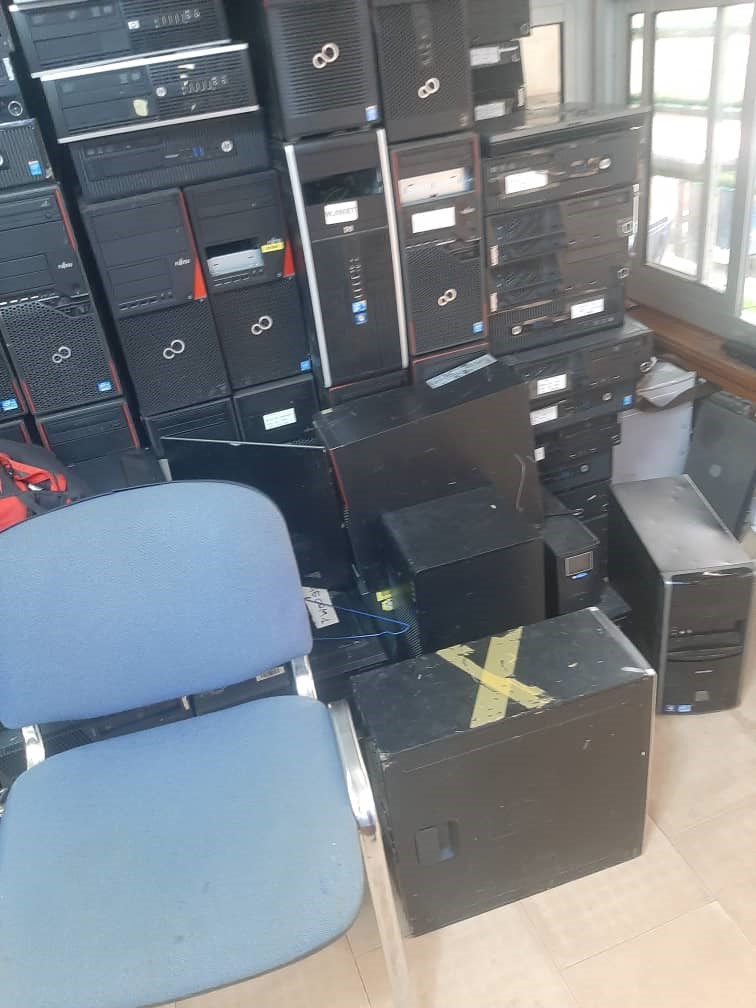
Opportunities for Improvement POPs Inventories in Africa
While challenges persist, it's important to address them systematically to improve quality of data that informs policy decisions. One of the important steps to improving quality of POPs inventories is greater involvement of universities and research institutions in the national implementation of the Stockholm Convention and related multilateral environmental agreements. At the same time, key investments are still needed to strengthen analytical infrastructure and capacity, such as acquiring portable XRF devices for screening, establishing laboratory facilities equipped for gas chromatography and mass spectrometry for quantitative measurement, and ensuring the training and retention of skilled staff. Improving the reliability of energy and water supply systems is also essential for the proper functioning of laboratory equipment. Developing competence in material and substance flow analysis, including through international cooperation, is another crucial step. Systematic monitoring of POPs in the environment and food chain contamination should be prioritised to generate the necessary data to advance the implementation of the Stockholm Convention.
Unintentional POPs from Medical Waste Incinerators in Africa
To help address these monitoring and analytical gaps, civil society organizations such as the International Pollutants Elimination Network (IPEN) have conducted field research across multiple African countries. Continuous work has highlighted the presence of POPs in consumer goods, waste streams, and environmental samples—filling critical gaps in national inventories and raising awareness of sources previously undocumented. Medical waste incinerators have been identified as significant sources of unintentional POPs (UPOPs) in countries such as Kenya, Cameroon, and Gabon. Analyses of eggs from hotspots near medical waste incineration sites have revealed levels of dioxins and furans, and PCBs that frequently exceed European Union (EU) safety standards. These findings underscore the need for more robust monitoring and data generation to make the invisible threat visible.
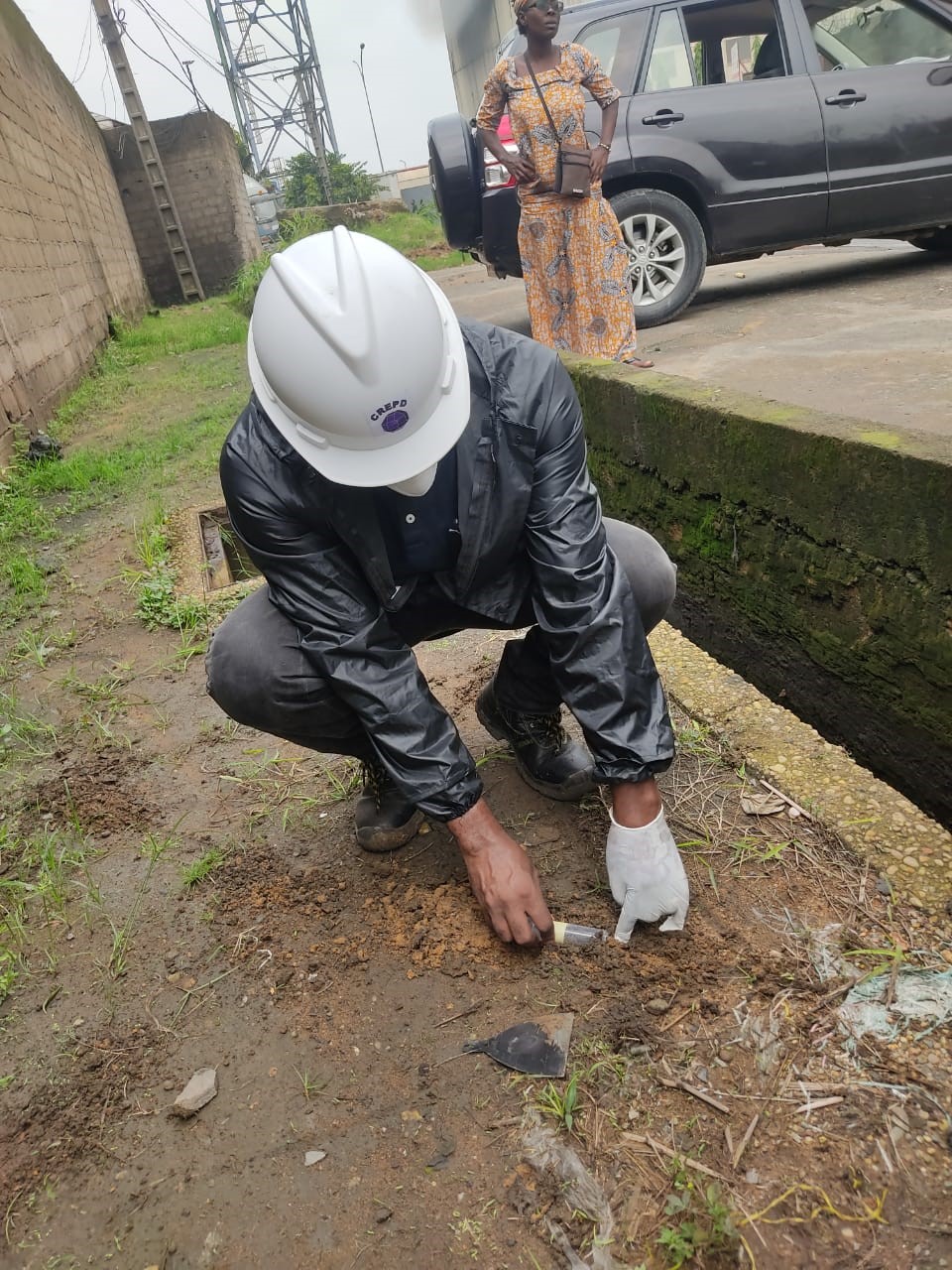
POPs in New Plastic Products
Analytical monitoring campaigns in collaboration with Arnika, IPEN, Czech Republic and National Institute for Environmental Studies (NIES) Japan have also detected POPs in new plastic products across Africa. A total of 47 (forty-seven) plastic products such as hair accessories, kitchen utensils, children’s toys, and office supplies were sampled and tested. Results of this study in seven Africa countries shed light on that such products contain polybrominated diphenyl ethers (PBDEs), hexabromocyclododecane (HBCD), and other brominated flame retardants (BFRs) at levels above recommended limits (e.g., 50 mg/kg for PBDEs, 100 mg/kg for HBCD).
Notably, the research campaign uncovered that brominated flame retardants (BFRs) from recycled electronics are being detected in children’s toys—raising serious concerns about transboundary pollution and hazardous chemical exposure. These findings highlight the urgent need to close exemption loopholes and enforce mandate transparency and traceability across the plastics supply chain to prevent toxic substances from re-entering consumer products.
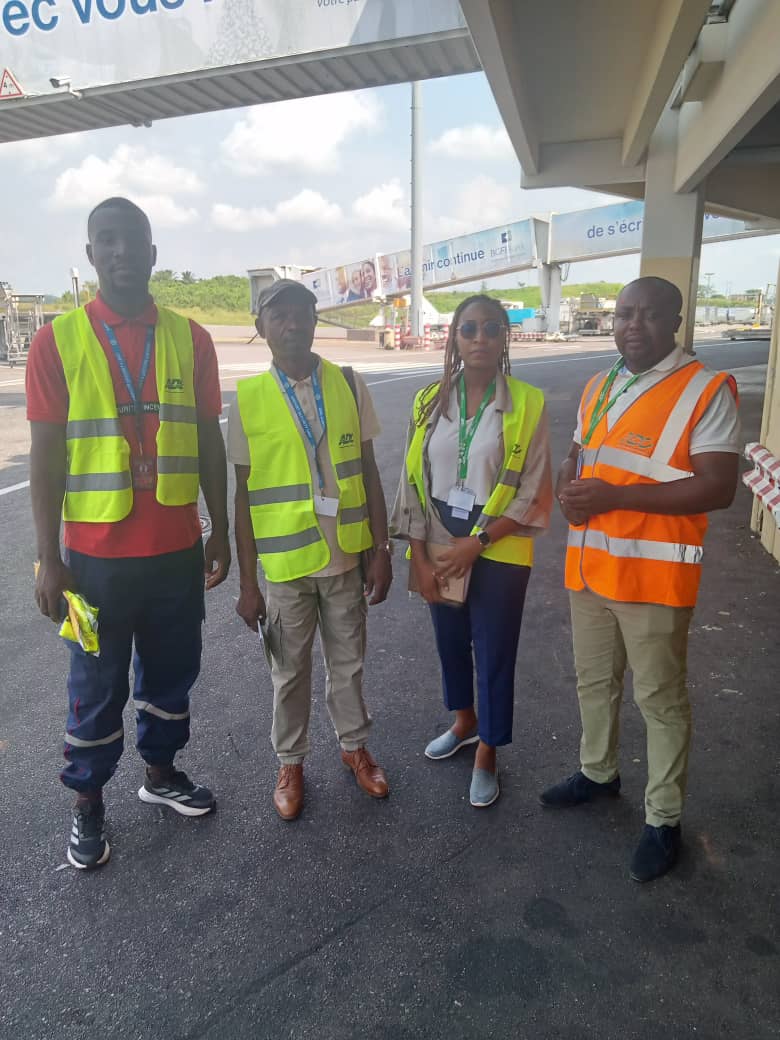
Africa’s journey towards effective POPs management is fraught with challenges, but there are clear pathways for progress. Investment in analytical infrastructure, capacity building, and international cooperation can create the enabling environment needed for in-depth inventories and robust monitoring. By making the invisible visible through data generation and regional collaboration, African countries can better protect their populations and comply with international obligations.
This blog post was developed drawing on insights from the Global Green Growth Knowledge Partnership (GGKP) roundtable “National Implementation Plans: Research needs and opportunities in Africa” held on 10 June 2025. As part of the Global NIP Update project (GEF ID 10785), funded by GEF and led by UNEP, this roundtable brought together national authorities, researchers, and laboratories to strengthen the science-policy collaboration in NIP development and implementation.
To learn more about the Global NIP Update project, visit Global NIP Update | Green Policy Platform
For a deeper dive into the GGKP regional roundtable focused on Africa, you can access the full recordings and materials here: https://www.greenpolicyplatform.org/webinar/national-implementation-plans-research-needs-and-opportunities-africa
Authors:
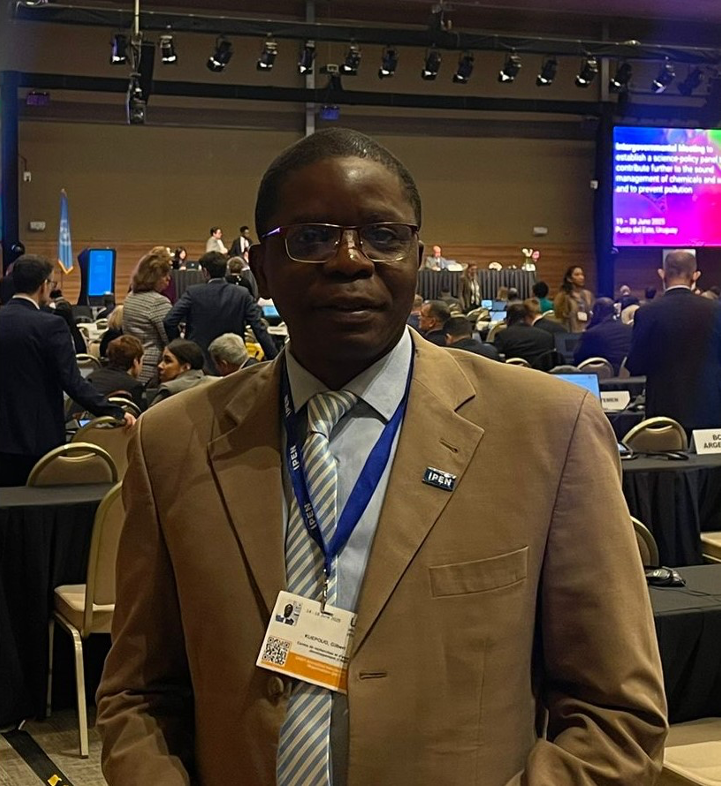 |
Dr. Gilbert Kuepouo, Executive Director at the Centre de Recherche et d’Education pour le Développement (CREPD Cameroon) / IPEN Hub for Francophone Africa
|
 |
Ms. Soomin Bae, Knowledge Management Support Consultant (GGKP, GGGI)
|

